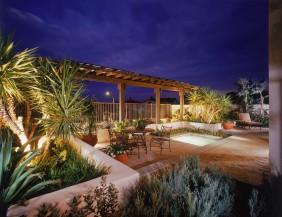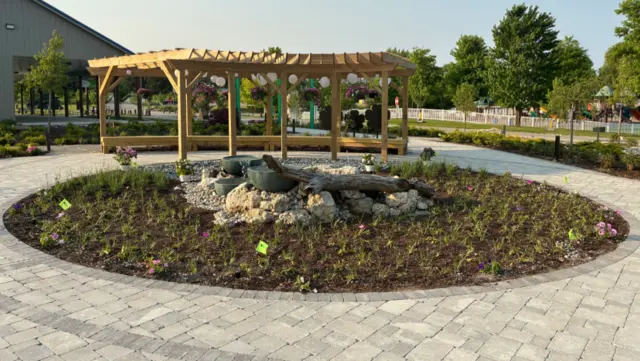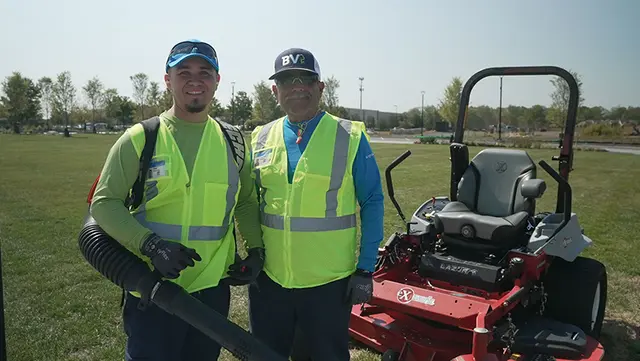10 Low-Water Use Landscape Design Basics
Irrigation-friendly design tips to implement into your water management program

Irrigation-friendly garden design can be easy. Contrary to popular belief, these landscape designs do not just have to showcase rocks and cacti. A well-designed landscape can still look like it belongs in any popular home and garden magazine.
A full landscape overhaul may not be necessary to achieve substantial water savings. Many simple ideas can be incorporated into your existing landscapes and with sound fundamental techniques you can achieve beauty and water savings. To help you, here is a list of 10 basics to help achieve a low-water use landscape design that is cost effective and attractive.
- Install a controller that self-adjusts to the weather.
- Use low volume irrigation.
- Choose plants with a variety of colors and textures.
- Don’t choose plants that will out-grow their given environment.
- Choose plants with a tighter, slower-growth habit.
- Add a multi-trunk tree canopy to create vertical interest.
- Pick a low-growing (turf substitute) groundcover for foreground planting.
- Incorporate hardscape which ties to the naturalistic design.
- Use natural looking groundcover textures, such as dry creeks, boulders, or decomposed granite to enhance the natural look.
- Add land grading or multiple elevations in your design to add interest on the ground.
Water Management Made Easy
Make it easy to find the water-saving solutions that are right for your property and budget. Plus, get professional advice on ways to reduce waste, recoup costs through savings, and take advantage of rebates where available.



